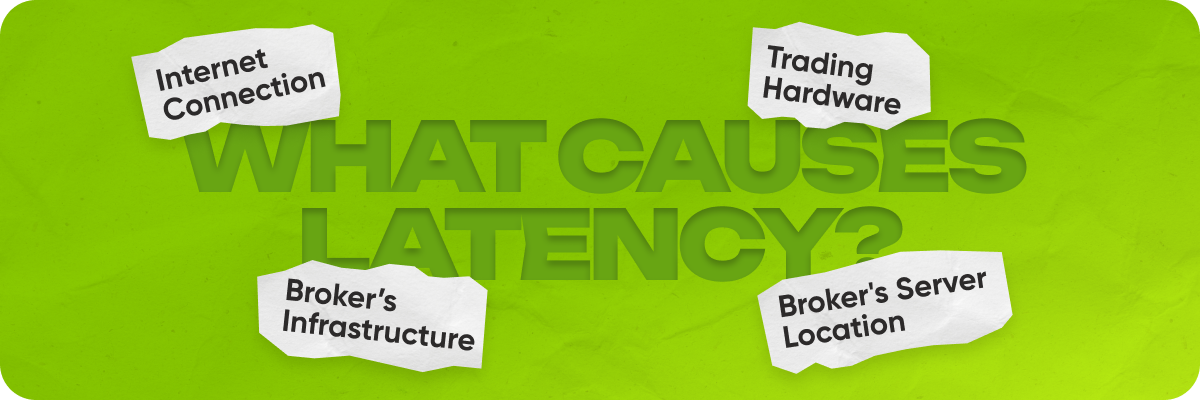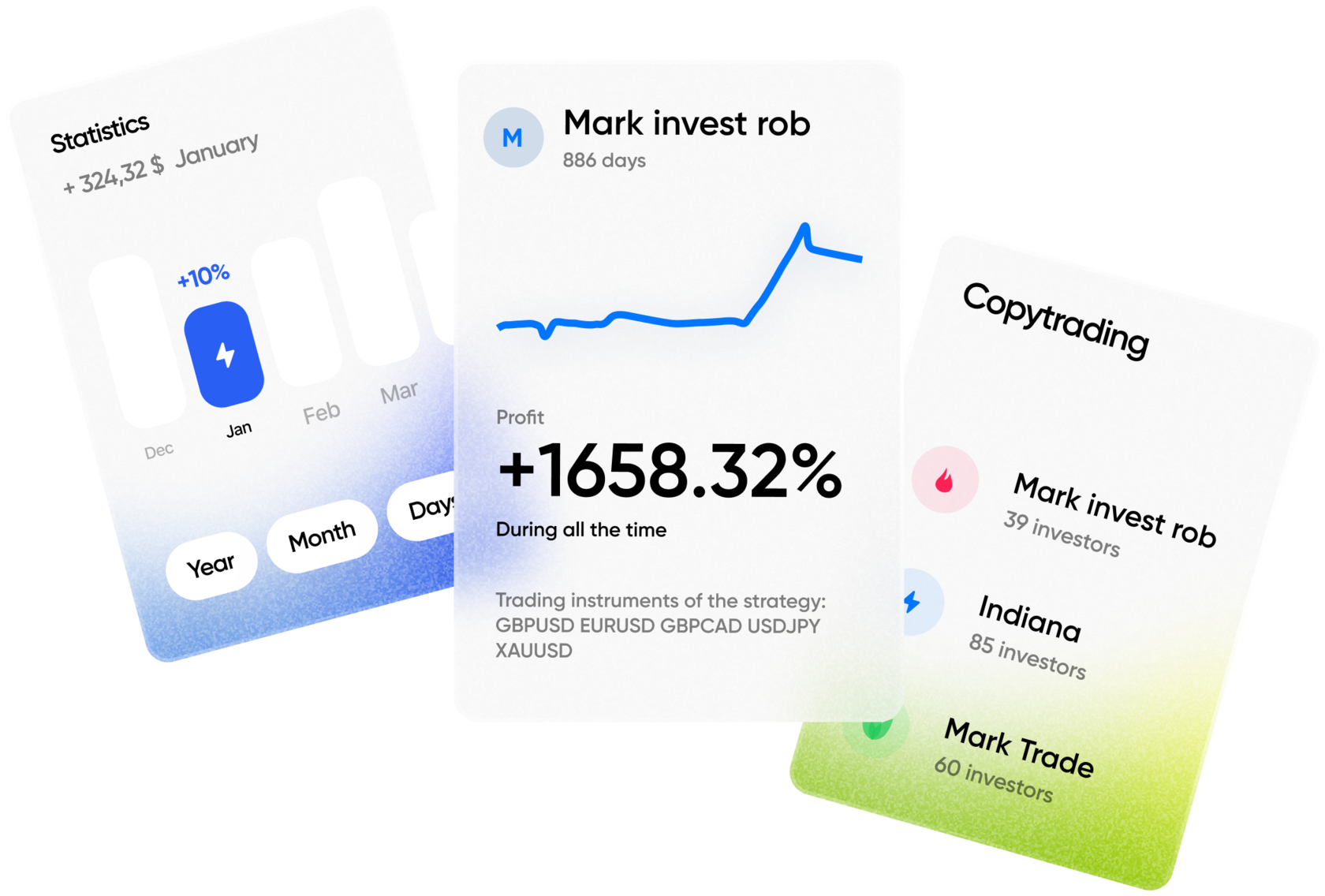In the world of forex trading, timing is everything. But while many traders obsess over entry points, chart patterns, and economic indicators, there’s a quieter force working behind the scenes. It is latency.
Often overlooked by beginners and underestimated even by some seasoned traders, latency can be the silent deal-breaker that stands between a profitable trade and a missed opportunity.
Let’s break it down in simple terms, explore how it shapes the market, and most importantly, show how professional traders use latency to their advantage.
What Is Latency in Forex Trading?
Think of latency as the delay between saying something and someone hearing it. In forex trading, it’s the time it takes for your trade order to travel from your computer or trading platform to your broker’s server and back again. This round trip is measured in milliseconds (ms), and in a market where prices can change in the blink of an eye, even a few milliseconds can have a massive impact.
When people say “low latency,” they mean this delay is minimal, orders are sent and received quickly. “High latency,” despite sounding like a good thing, actually means slower communication and delayed execution.
In essence, latency is the silent clock ticking behind every trade.
Why Latency Matters: Not Just a Techy Buzzword
To a casual trader, latency might seem like a minor technical detail. But in fast-moving markets, it’s a critical edge or a dangerous weakness. Forex is incredibly volatile, and prices can shift in microseconds. A slight delay in execution can mean entering a trade at a worse price than intended.
Let’s put this into perspective:
- Suppose you place a buy order when EUR/USD is at 1.08600.
- By the time your order reaches the broker’s server (due to latency), the market has moved to 1.08620.
- That tiny 20-pip movement could wipe out your planned profit margin before your trade even gets going.
This phenomenon is called slippage is one of the most common side effects of poor latency. It represents the difference between the expected price of a trade and the actual price at which it’s executed.
Latency and Slippage: The Unwanted Pair
Slippage isn’t always avoidable, especially during periods of high volatility, but it becomes far more frequent with high latency connections. In fact, if your setup or broker causes frequent delays, you’re likely to enter the market with a disadvantage every single time.
Slippage might be as tiny as fractions of a pip, but if you’re a high-frequency trader or scalper entering dozens or hundreds of trades a day, those micro-costs add up fast.
What Causes Latency?

Latency can be influenced by multiple factors—some within your control, others not. Understanding these will help you make smarter choices as a trader.
1. Internet Connection
Your local internet speed plays a big role. A weak or unstable connection leads to order delays. Running a regular ping test to your broker’s server can help gauge how responsive your connection is.
2. Trading Hardware
Your device’s processing power affects how fast orders are transmitted. Outdated laptops or overloaded systems slow things down. Just like gaming or video editing, trading platforms can be resource-hungry.
3. Broker’s Server Location
Physical distance matters in latency trading. The farther your data has to travel, the longer it takes. That’s why top traders often choose brokers with servers located close to major financial hubs or use a Forex VPS (Virtual Private Server).
4. Broker’s Infrastructure
Not all brokers are created equal. Some have lightning-fast execution engines and premium server networks. Others cut corners. If your broker is sluggish, no amount of personal optimization will help.
How Professional Traders Use Latency to Their Advantage
Now here’s where it gets interesting.
Professional traders don’t just try to minimize latency. They exploit it. In high-frequency trading (HFT) and algorithmic strategies, firms invest millions to reduce latency by microseconds. They use co-located servers—placing their computers physically close to exchange servers—and employ ultra-fast fiber optic networks to beat others to the trade.
Some also practice latency arbitrage. It is a strategy where traders exploit tiny price differences between two brokers due to latency lag. When one broker updates prices slightly faster than another, traders quickly jump in to take advantage of the temporary mispricing. This requires sophisticated tech, lightning execution, and a lot of precision, but it’s a real-world example of how latency itself becomes a trading edge.
What Can You Do as a Retail Trader?
You might not have access to Wall Street-grade infrastructure, but you can still optimize your latency:
- Choose a broker with servers geographically close to you or major forex data centers (like London or New York).
- Use a VPS service if your broker supports it—this places your platform virtually next to the broker’s servers, slashing latency.
- Keep your hardware and trading software clean, updated, and running smoothly.
- Run ping tests to monitor how long your orders take to travel.
- Avoid trading during times of extremely high volatility (like news releases) unless you’ve optimized your setup for speed.
The Bottom Line
In forex trading, every millisecond counts. Latency might seem like a technical detail at first glance, but it’s deeply woven into your trading performance. Whether you’re manually clicking trades or running expert advisors (EAs), your strategy is only as good as the speed at which it’s executed.
Understanding and managing latency isn’t just about tech. It is about gaining a competitive edge in one of the world’s most competitive markets.







